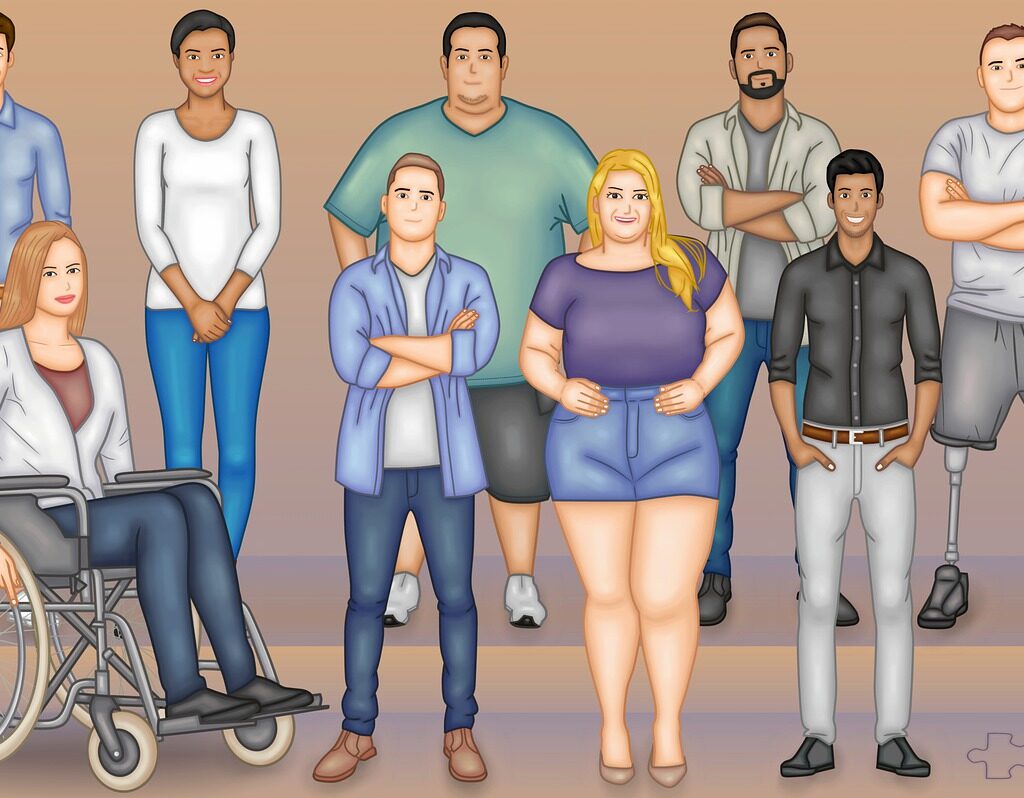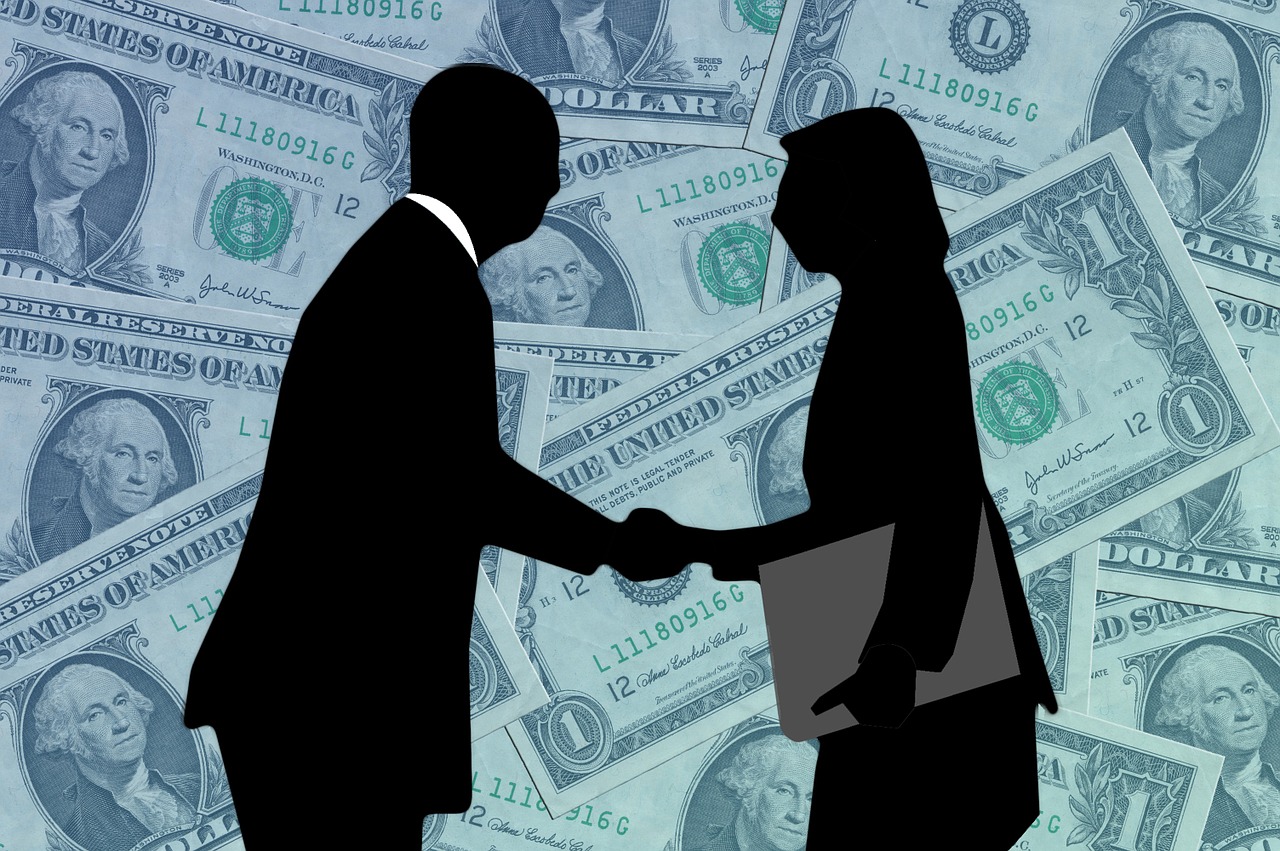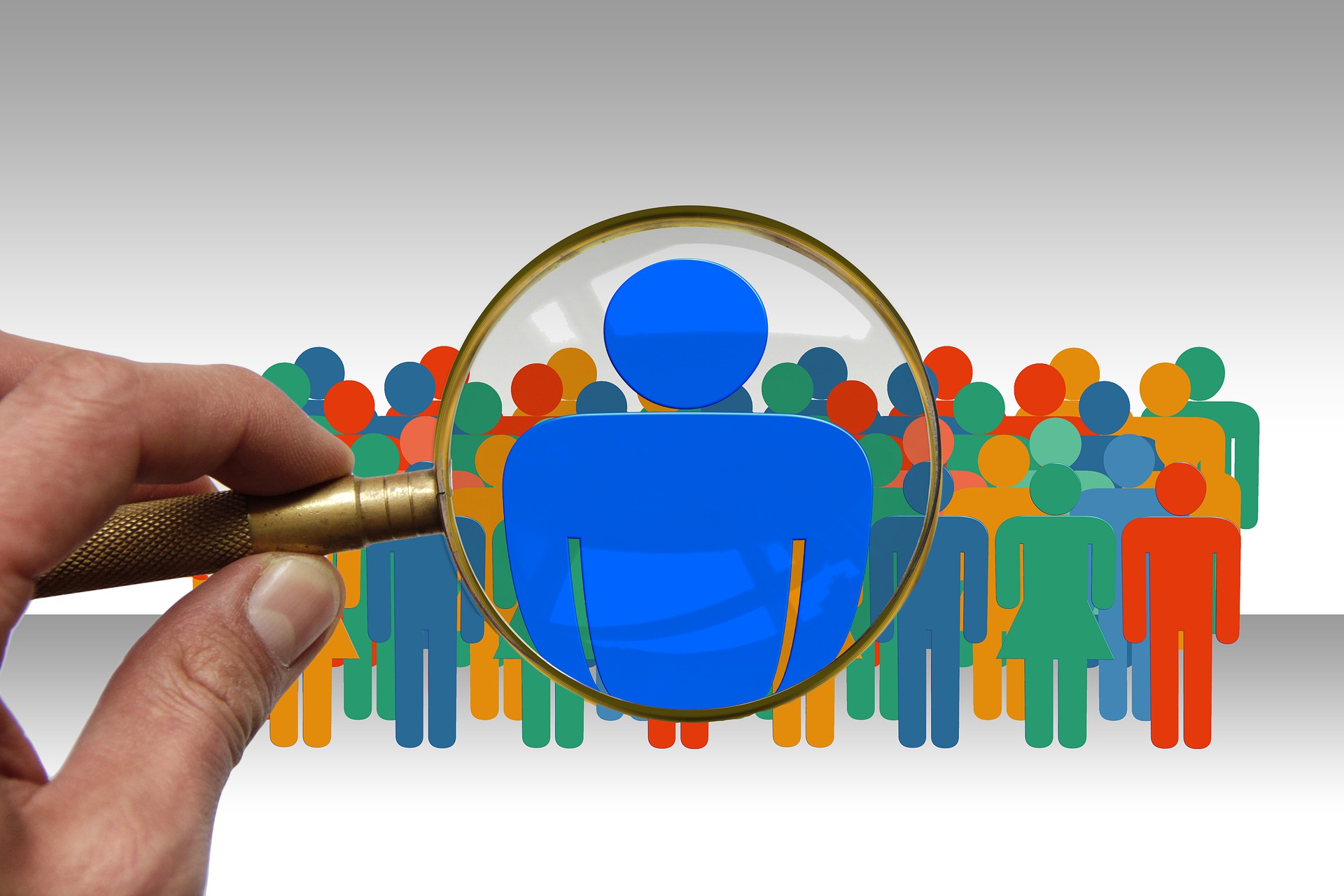
Workplace equality, diversity & inclusion has gained a lot of prominence around the world making it imperative for HR, talent and business leaders to seek for collaborative, cohesive and creative work environment. Creating an equal, diverse, and inclusive work environment is no longer an optional luxury, but a necessity for any talent acquisition strategy. People and organizations may reach their full potential by recognizing and leveraging the benefits of diversity in the workplace.
“Strength lies in differences, not in similarities”
Stephen R. Covey
Just as national boundaries are eroding globally; cultural and gender barriers are also weakening in the global workforce. The concept of workforce diversity is no longer an abstraction. The companies have now started realizing that different demographic groups think and communicate differently, and that these cultural differences must be taken into consideration by those associated with the process of recruitment and staffing so that the newcomers from diverse backgrounds can be truly integrated and included in a company’s workforce.
Earlier a global manager would go through extensive business travel to understand and interact with other culture but with global virtual teams being a reality today, there is a requirement to understand various cultures, improve collaboration between those cultures in the workplace.
EQUALITY

What is Equality?
Equality in the workplace refers to allowing everyone to fully engage in the workplace productively and successfully, advance their careers equally, and earn equal rewards and advantages. Fair treatment for everyone is the most important principle, no matter what their background, education, ethnicity, gender, age, religion, sexual orientation, disability, etc. may be.
What does equality look like in practice?
If we extend the equality definition to opportunities, it follows that everyone should have access to them. Fair and unbiased selection procedures are required. When companies post job openings, they must not presume that their normal processes are inclusive or equitable. There should not be any discrimination based on factors protected by law, such as age, race or sex. Equality is only possible if everyone starts from the same point.
Both the employer and the employee can be charged with discrimination if they violate the law.
DIVERSITY

What is Diversity?
Diversity is more than just accepting and tolerating differences. In order to really practice diversity, we must:
- Establish partnerships across divides.
- Respect one another’s tendencies and life experiences that are distinct from our own.
- Recognize that diversity encompasses not just different ways of being, but also different methods of understanding.
- Acknowledge that personal, societal, and systemic discrimination benefits some people while harms others
- Appreciate and value humanity’s, civilizations’, and natural environments’ interconnectedness.
Individually, we each bring a unique blend of energies, viewpoints, work and life experiences, as well as religious and cultural variations.
Why go for Diverse workplace?
Companies worldwide now recognize that diversity and inclusion are beneficial. According to a survey conducted by SHRM, 55% of respondents said that their organizations “strongly promote” diversity and inclusion. In the quantitative survey, more than half (55%) of respondents said they have policies that promote diversity and inclusion either “strongly” or “very strongly,” and another 31% promote diversity and inclusion “moderately.” Only 3% do not promote diversity and inclusion at all.
What’s Global Diversity Readiness Index (GDRI)?
The Economist Intelligence Unit compiled GDRI to help corporate executives to understand the diversity and inclusion challenges in countries around the world. This benchmarking model assesses five areas of diversity & inclusion in 47 countries
- Heterogeneity of country’s general population
- Levels of Diversity and attitudes in the workplace
- Societal attitude towards minorities
- Diversity and Inclusion among publicly elected officials
- The existence and enforcement of equal-right laws
As per the last survey of 2012; India has been ranked at 41st position on this Index ranking. Women and Ethnic minorities are the main focus of diversity areas and a focused effort in these two areas can have a very strong impact in improving the Index ranking. The recent study titled “Diversity Matters” by the McKinsey Global Institute (MGI) has further supported the same and has established that employee diversity is associated with better business results. In the study, 366 public companies were surveyed from different countries in the western world. Two key findings of the study were:
- Gender-diverse companies are more likely to perform 15% better, and
- Ethnically-diverse companies are more likely to perform 35% better
The index also reaffirms that diversity and inclusion do not necessarily go hand in hand. Countries that are more diverse struggle to be more inclusive; countries that are less diverse are not necessarily less inclusive.
What are the Challenges with Diversity?
Although companies worldwide tend to agree on the goal of greater diversity, their overall commitment—and their methods of achieving it—cover a broad spectrum. However, as the workplace becomes more diverse, more issues arise accordingly. HR personnel and recruitment professionals need to be aware of the various challenges associated with diversity so that it can be prevented and addressed.
Immigration, cultural evolution, demographic turnover, emerging markets and dynamic technological advancements are the major players creating a complex ecosystem thus posing new challenges for recruiting, developing and retaining talent.
Competencies of Diversity Professionals
So what are the competencies needed for a practitioner who can effectively deal with these challenges? The competencies for a diversity practitioner are wide and varied. They include, but are not limited to, a deep knowledge of diversity and identity theory, communication skills, adaptability, business acumen, big picture thinking, stress management, persuasive speaking, political savvy, active listening, data gathering and analysis, and – perhaps most important – self-awareness.
It is very important that the strategic diversity management plan be fostered and led by the right individual(s), with the knowledge, skills and abilities to ensure success.
Best Practices Of Diversity Management
Successful diversity programs must be continual rather than one-off efforts. Ongoing training and communication help to create and maintain a corporate culture that welcomes Diversity. Effective management of diversity encompasses a wide range of policies, including flexible working arrangements, counseling employees when inclusion-related problems arise and continual talent development. The top diversity best practices are
- Support from top management (written statement of commitment)
- Diversity linked to strategic planning process, mission and vision.
- Identify diversity or inclusion as core value
- Management reporting system
- A diversity orientation
- Mentoring, scholarship or other programs
- Diversity awareness training
- Marketing, Advertising and Branding
- Strategic alliances and partnerships
Inclusion

What makes a workplace inclusive?
Companies generally consider Inclusion to be an integral part of Diversity effort. Inclusion is about making sure people can make the contribution they were brought in to make. What does inclusion look like within your organization today? Is it strategic?
Strategic Inclusion focuses on solving problems and realizing opportunities with people rather than against people. It offers a viable framework for sustainable business success and can serve as value proposition for an organization. The need to belong is literally embedded in human DNA. Intentionally aligning culture provides people with a unified purpose especially during challenging times. When people’s diverse backgrounds are respected, they feel included and are therefore prepared to emotionally connect with the cause.
How to build an inclusive workplace and why it is important?
Inclusion, also known as inclusive practices, aims to include everyone, regardless of sexual orientation, culture, religion, color, age, gender, or disability. It levels the playing field for everyone, removing any barriers and eliminating prejudice and discrimination.
Everyone, regardless of ethnicity or origin, is valued for what they provide to the firm. Any conflicts can be easily resolved when everyone feels valued equally. To foster inclusivity, businesses should:
- Recognize that people come from many backgrounds.
- Individualize your approach to each person.
- Establish a positive working relationship between management and employees.
- Avoid stereotyping people.
- Take steps to eliminate all biases about people of other cultures and backgrounds, both conscious and unconscious
What does it mean to be inclusive?
Let’s look at an example of inclusion in action to better comprehend Deloitte‘s ‘inclusion meaning’:
“We believe that an inclusive culture, underpinned at all times by respect, provides the foundation for a diverse and vibrant organization. We also understand that diversity requires deliberate action when it comes to the way we work. Whether through embracing the power of allyship, or by making our talent processes conducive to gender balance, we are taking clear and consistent action to achieve the aspirational diversity goals that we have set ourselves.”
The key phrasing can be found in Deloitte’s statement about diversity. The words “power of allyship” stand out, providing the reader a clear picture of what is being communicated. The emphasis is on diversity among employees, services, and clients. In every way, Deloitte is a winner.
Conclusions
Finally, remember that there is no one-size-fits-all approach to supporting ED&I. As an example, some personality types thrive when working remotely, while others rely heavily on face-to-face interaction in order to succeed. Certain employees are more successful when put on the spot in meetings, while others need time and space to think things through. The expectations of some groups may need to be managed, while others may require encouragement and support to apply for a job vacancy or promotion. Thus, it’s important to get to know your employees’ preferences before designing your ED&I program in a way that ensures equal opportunities, respects individual differences, and ensures everyone feels valued.


